Introduction The body needs a good amount of rest after being in motion throughout the day in the form of sleep. Whether the body has been doing…
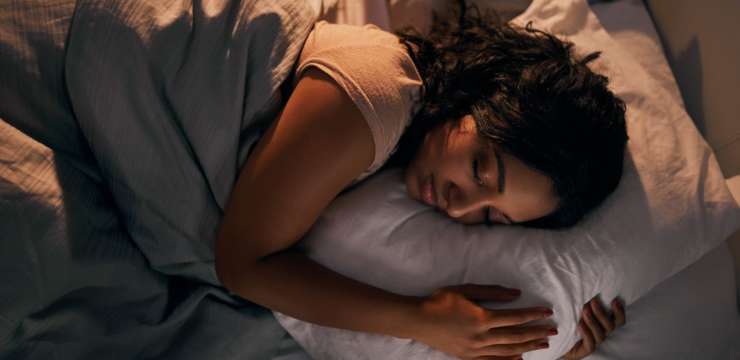
Treatments:Â There are a variety of treatments for all types of injuries and conditions here at Injury Medical & Chiropractic Clinic. The main goal is to correct any misalignments in the spine through manual manipulation and placing misaligned vertebrae back in their proper place. Patients will be given a series of treatments, which are based on the diagnosis. This can include spinal manipulation, as well as, other supportive treatments. One of these other treatments includes health coaching. Health coaching helps patients work through inflammation and other disorders they may have. As chiropractic treatment has developed, so to have its methods and techniques.
Why do chiropractors use one method/technique over another?
A common method of spinal adjustment is the toggle drop method. With this method a chiropractor crosses their hands and presses down firmly on an area of the spine. They will then adjust the area with a quick and precise thrust. This method has been used for years and is often used to help increase a patient’s mobility.
Another popular method takes place on a special drop table. The table has different sections, which can be moved up or down based on the body’s position. Patients lie face down, on their back or side while the chiropractor applies quick thrusts throughout the spinal area as the table section drops. Many prefer this table adjustment, as this method is lighter and does not include twisting motions that are used in other methods.
Chiropractors also use specialized tools to assist in their adjustments, i.e. the activator. A chiropractor uses this spring-loaded tool to perform the adjustment/s instead of their hands. Many consider the activator method to be the most gentle of all.
Whichever adjustment method a chiropractor uses, they all offer great benefits to the spine and for overall heath and wellness. If there is a certain method that is preferred, talk to a chiropractor about it. If they do not perform a certain technique, then they may be able to recommend a colleague that does.

Introduction The body needs a good amount of rest after being in motion throughout the day in the form of sleep. Whether the body has been doing…
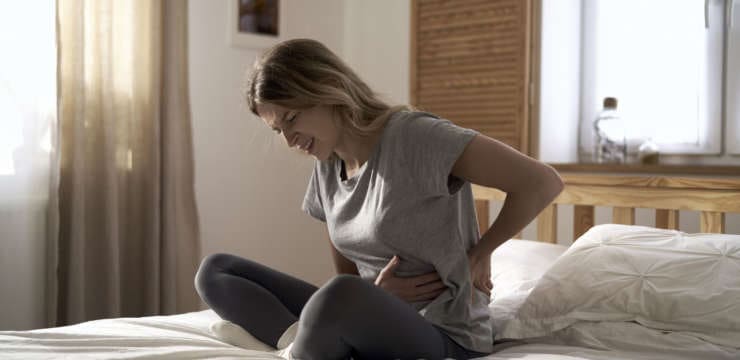
Constipation is a leading cause of low back pain in America and can cause a chain reaction in the rest of the body. When the…

Medication overuse headaches – MOH comes from frequent or excessive use of pain-relieving medications, resulting in daily or near-daily headaches for which the drugs become…
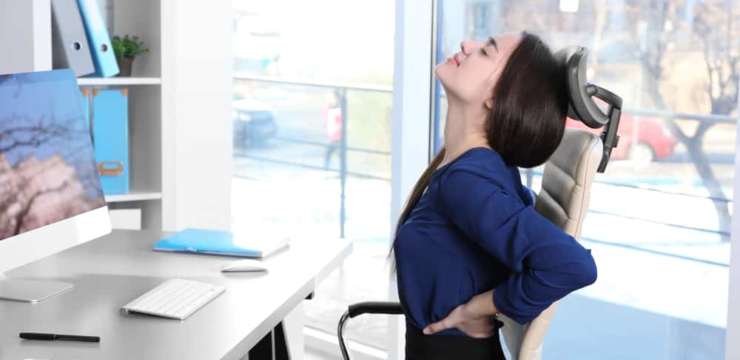
Introduction From a young age, parents will always tell their kids to sit up straight or else they will have bad posture. As kids, we…

Introduction How a person walks or their gait performance can determine how their body’s balance and stability are functioning. Since the body has many muscles,…
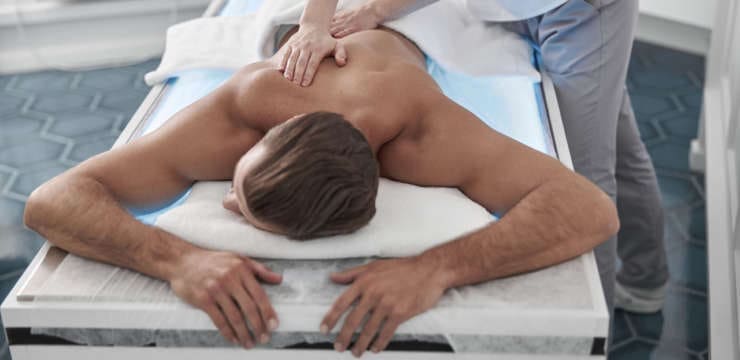
Individuals can experience back muscle rigidity for years and not realize it. This is because the muscles tighten incrementally, and slowly the body begins to…
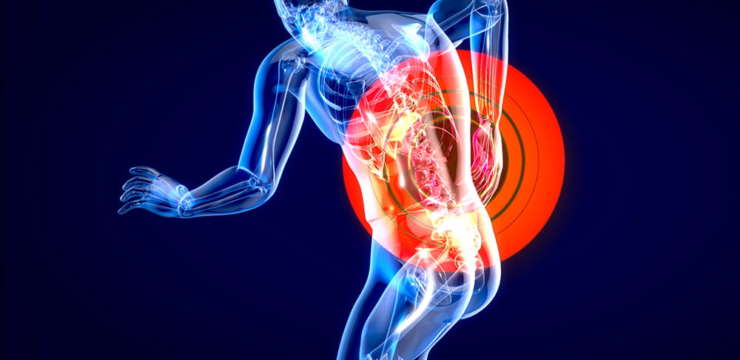
Introduction When it comes to the body, the various muscles, tissues, joints, and organs provide functionality and movement when it is in motion. Everyone worldwide…
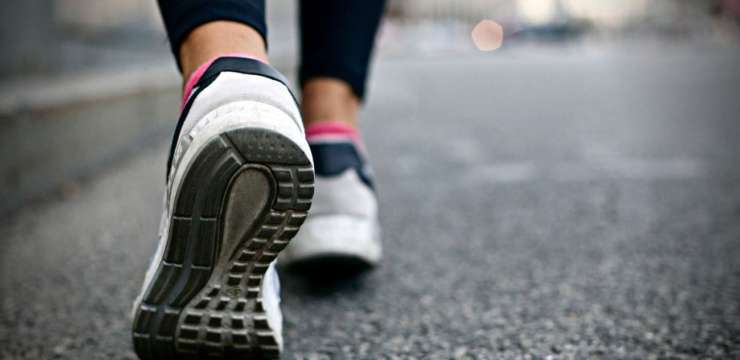
Introduction Many people don’t often realize that stability and balance are two of the most reliable abilities to keep the body from falling, and it…

Introduction The human body has numerous musculoskeletal muscles that allow the host to do various movements without pain or discomfort. Each muscle group has tendons, muscles, ligaments,…
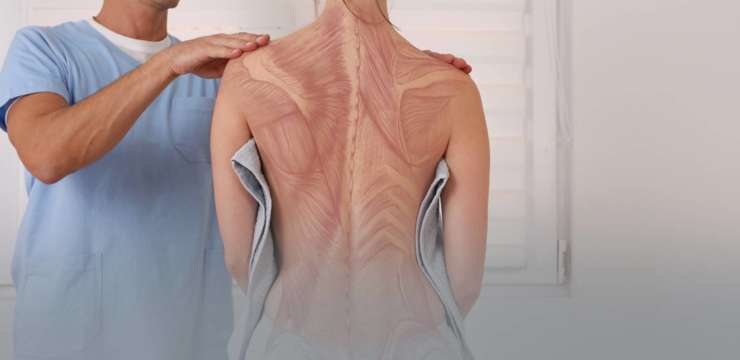
Introduction Every day, the body is in constant rest or active motion when needed, from working to exercising and getting adequate rest to repeat the…

Introduction Environmental factors can affect the body and lead to chronic conditions involving the musculoskeletal system. When issues like stress, physical inactivity, and traumatic events affect…
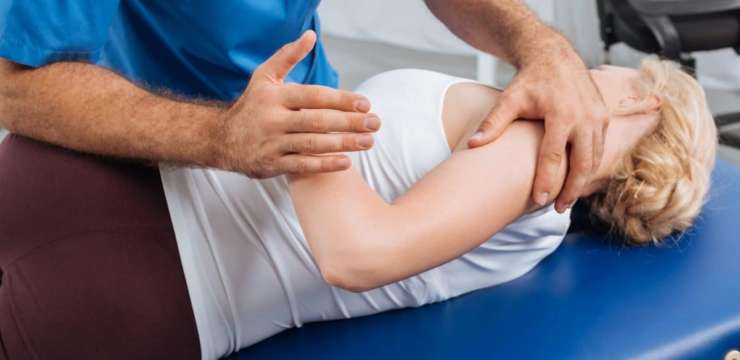
Introduction The various muscles, tendons, and ligaments inside the body surround the skeletal joint to provide movement and multiple actions to allow the host to…
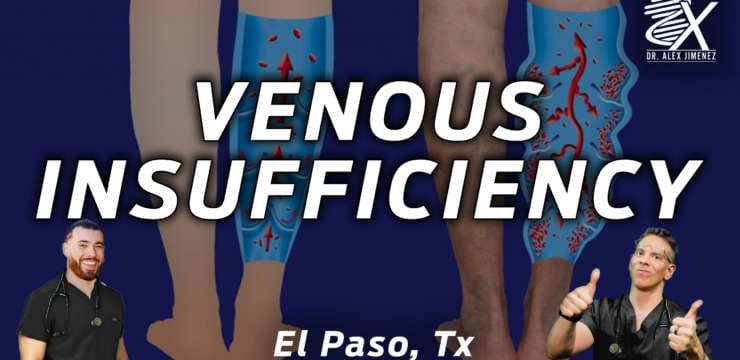
Introduction Dr. Jimenez, D.C., presents what you need to know about venous insufficiency. Many factors and lifestyle habits cause an effect on our bodies, which…

Introduction Dr. Jimenez, D.C., presents how implementing different strategies for patients to incorporate exercise in their health and wellness journey in this 2-part series. Many…

Introduction Dr. Jimenez, D.C., presents how to implement exercise as part of your daily routine. Many factors and lifestyle habits tend to take over our…

Introduction Dr. Jimenez, D.C., presents how Lyme disease can cause referred pain to the body in this 3-part series. Many environmental factors can cause numerous…

Introduction Dr. Jimenez, D.C., presents how different infections are associated with Lyme disease in this 3-part series. Many environmental factors often play a role in…